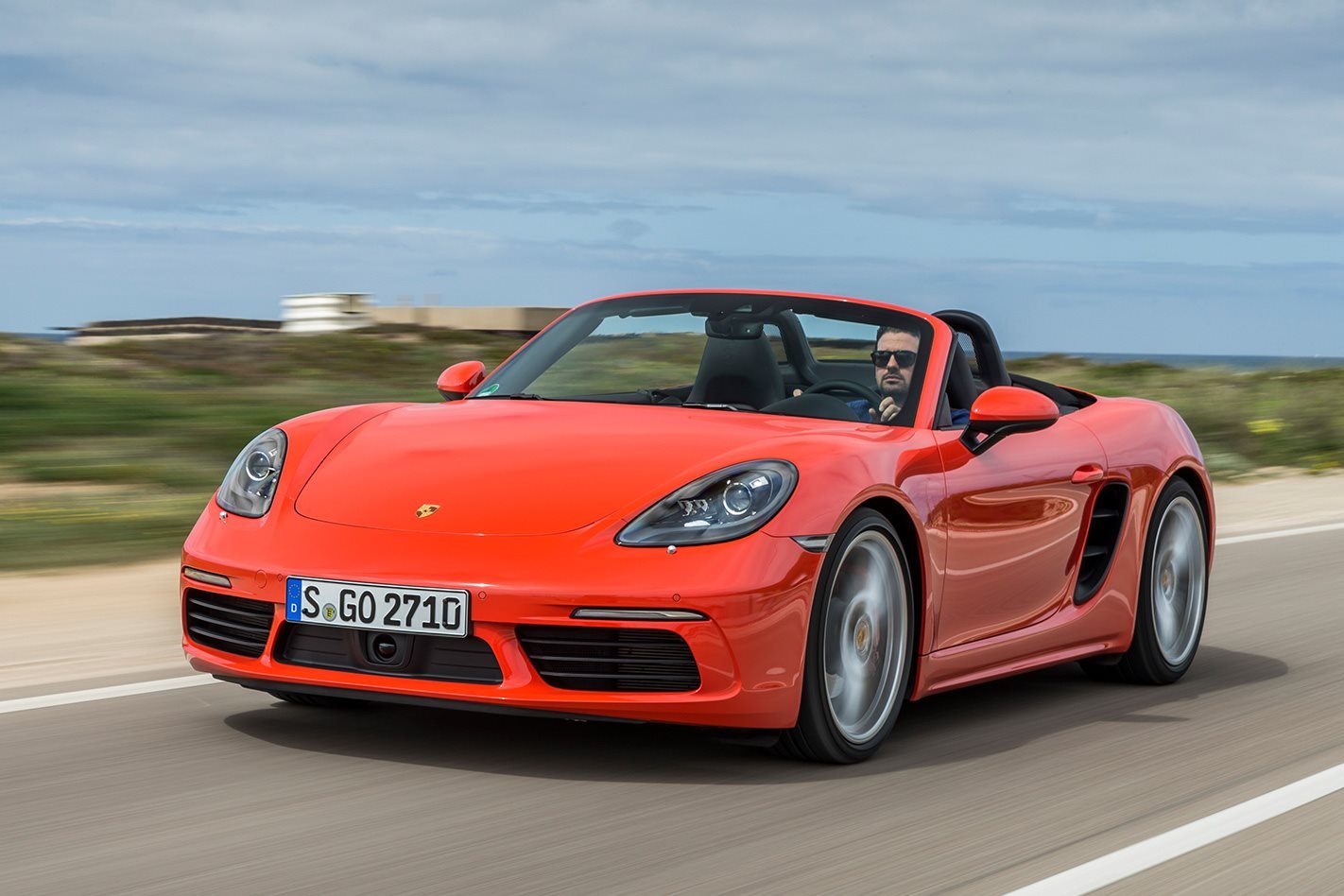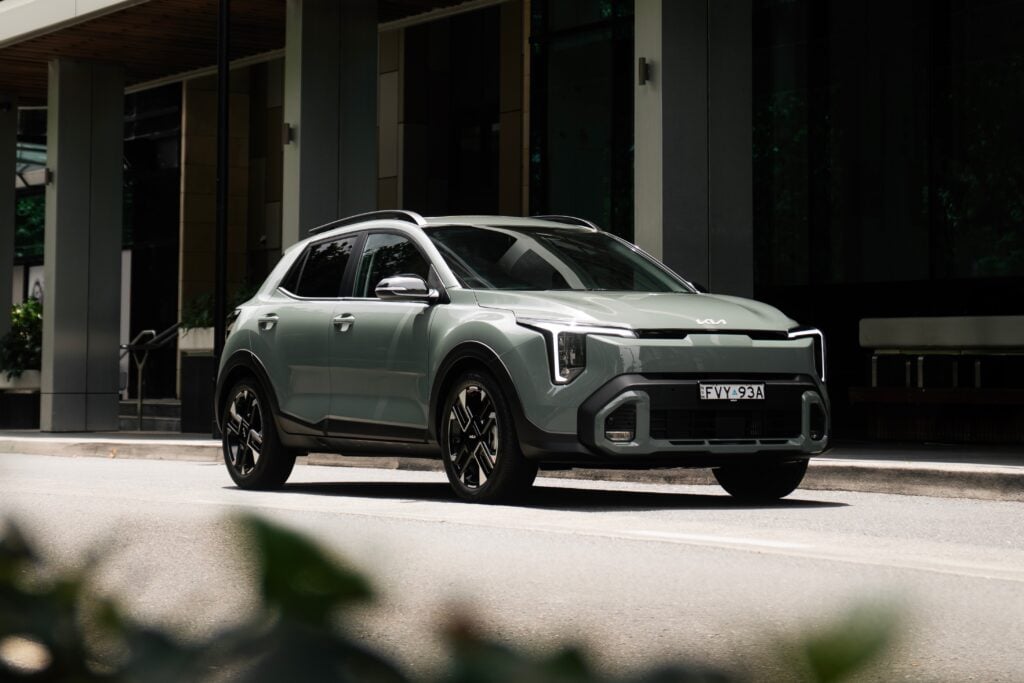Porsche’s latest Boxster range swaps its atmo flat sixes for turbocharged fours. Is less really more, or has the Boxster been emasculated?
WHAT IS IT? Twenty years after it first appeared, the Porsche Boxster goes turbo. Many of the ingredients remain the same but make no mistake, the 718 Porsche Boxster is the biggest leap forward in two decades of Porsche’s hugely successful roadster.
WHY WE’RE TESTING IT Porsche flew us halfway round the world for an early drive in the 718 Boxster. It’s one of the most intriguing cars to be launched this year and we needed to know if going turbo had seen the Boxster sell out or step up.
MAIN RIVALS Audi TTS Roadster, BMW Z4 sDrive35is, Jaguar F-Type S, Mercedes SLK 350
THE WHEELS VERDICT Objectively, the 718 Boxster steamrollers its predecessor. It’s faster, lighter, more agile and more efficient, throwing down the gauntlet to rivals with performance that’s hard to draw level with. Despite this, a little of the magic that makes Porsche sports cars so special has gone, and for some that’ll make all the big numbers look a bit hollow. Viewed in isolation, however, it’s hard not to be impressed at how Weissach has executed the transition to downsizing. It still merits a solid buy recommendation from us.
PLUS: Power, torque, efficiency, clever engineering, usability, styling, equipment MINUS: Engine’s acoustic magic gone, personality changed, prices creeping north
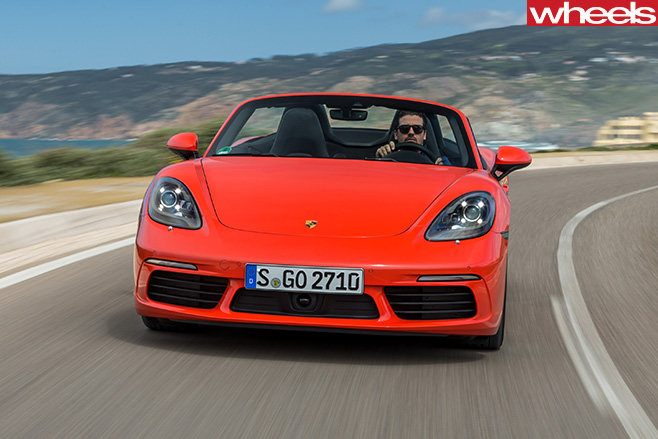
You’ll see their faces on the video reviews, brows knotted in impotent disbelief at how the latest 718 Boxster doesn’t sound anything like the old car and doesn’t drive like it either. They’ll sniff at the engine response and chunter on about the drip-drip diminution of all that they hold dear, such as granularity of steering feel, fibrous response at the contact patch and endless reams of similar guff.
None of that particularly matters and here’s why. The Boxster is the entry-level Porsche sports car. A statistically insignificant number of 718 Boxster buyers will have previously owned a Boxster, and the rest will have no frame of reference for drawing comparisons with what went before. We’d be prepared to bet they’ll absolutely adore the 718, largely because it’s such a crushingly competent package.
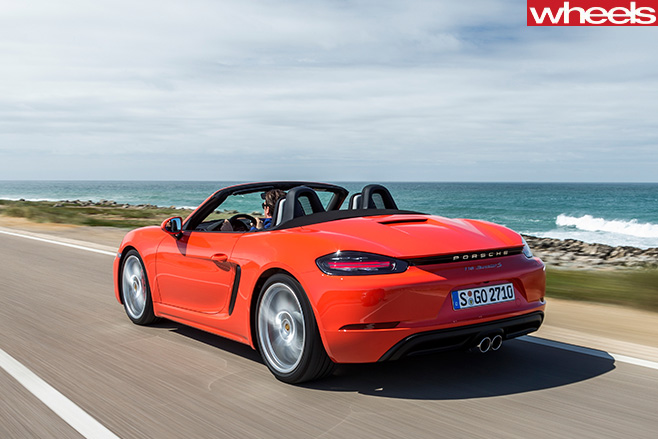
What’s wholly un-Porsche is that the company has felt the need to overcompensate massively for short-changing customers a pair of pots. That’s why both the 2.0-litre and 2.5-litre engines offer a healthy step up in power and a massive step-change in torque compared with their predecessors. The Boxster is good for 220kW with a fat 380Nm of torque on tap, fully 100Nm more than the previous entry-level Boxster. Spring for the Boxster S and the numbers ease out to 257kW and 420Nm.
The torque is the key to how these cars drive. Whereas in the old Boxster, you’d willingly ping it off its redline to hear the engine note harden and yowl, and then rue the fact that second gear was taking you over 130km/h and toward an impending appearance before the local magistrates, the 718 rewards a less frenetic approach. Whichever engine you choose, peak torque arrives at less than 2000rpm and lasts to 4500rpm, tailing off gently thereafter. Therefore, you tend to upshift early and plug in low again. That torque has solved the Boxster’s perennially over-long gearing issue.

The whole rear end of the 718 has been beefed up to handle this added muscle, with heavier duty springs and dampers, a half-inch wider track, and meatier four-point engine mounts. The Boxster is quick, with the PDK gearbox 90 percent of buyers will choose teaming with launch control to catapult it to 100km/h in 4.7 seconds. The Boxster S is now ballistically rapid. Chew on these numbers. It gets to 100 kays in 4.2 seconds, the same as a 996 Turbo. It’ll lap the Nurburgring in 7m 46s, fully 16 seconds quicker than its predecessor and that’s neck and neck with a 996 GT2. Need a more recent frame of reference? It’s only two seconds a lap slower than the garlanded Cayman GT4.
The ride quality is better, lateral grip has improved, the brakes are bigger and the steering is 10 percent more direct, thanks to the steering system adapted from the 911 Turbo.
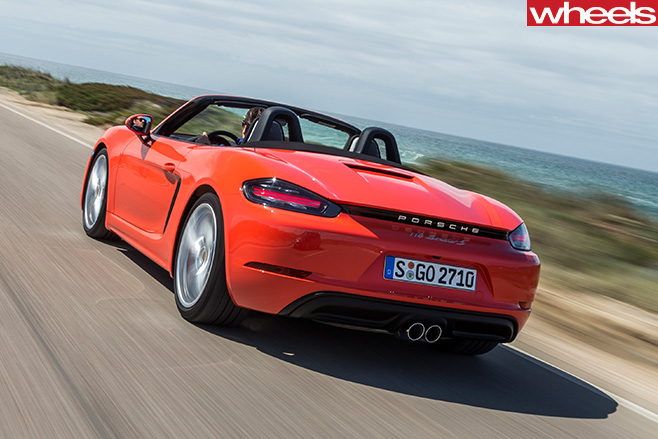
The odd acoustics can be forgiven for the sheer amount of lug on offer out of corners. Punt the car into a bend in what seems a hopelessly high gear, apply gas, wait a moment for the turbo to spool and it delivers a sinewy surge of drive. It’s quite addictive and certainly something you’d take great joy in learning how to get the best from. I had the opportunity to follow Walter Röhrl in a Boxster S on part of the route and can confirm that, for the 12 seconds or so I had him in my gunsights, the 718 Boxster S is spectacularly composed at the limit. The stability control calibration is excellent, allowing a smidge of rear-end slip before gently stepping in. Specify the Sport Chrono system and you also get PSM Sport mode, which affords more leeway in vehicle yaw, the system re-engaging if it thinks you’ve really unleashed the power of ineptitude. Hold the button in for a few seconds and you’re on your own.

The styling? I’d give that an unreserved thumbs-up. The front end is sharper, with angular swages running down the bonnet, bigger air intakes and a bi-xenon lights backed up with LED daytime running lights. A full LED light kit is optional. The flanks get bigger twin-louvred intakes while the rear end gets lovely 3D-effect Porsche lettering along with the now familiar excess of fonts. Badge delete is your friend here. The larger blade spoiler now has a greater aerodynamic effect and no longer splits the rear light clusters. Porsche’s designers aimed at making the Boxster look lower, wider and more aggressive and they’ve nailed that assignment.
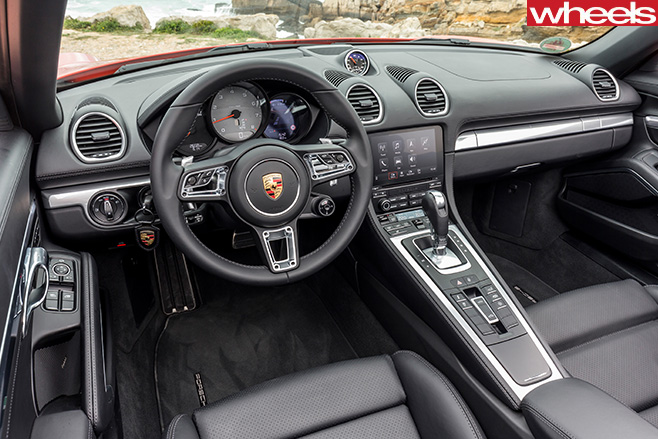
Because the PDK-equipped base car manages to duck under 7.0L/100km it nets a luxury-car tax sidestep which its manual sibling doesn’t enjoy. This means that you’ll need to add a mere $1333 to the price of the $113,100 manual model to net a PDK-equipped car. From there it’s quite a jump to the $143,400 Boxster S manual, with the PDK in this instance adding another $4900 to the asking price.
A better-looking car with a smarter level of finish, far more grunt available all the time and lower running costs? The 718 unquestionably delivers more car for your money than ever before. So why am I left feeling so unmoved by it?
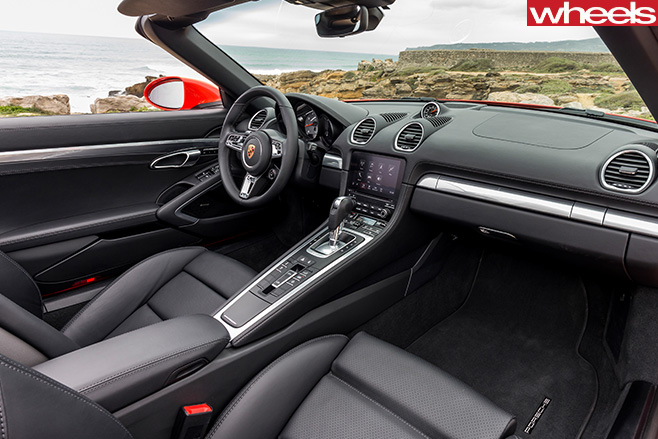
Still, it would be rapidly receding yowl in the current car’s rear view and it’s hard to argue with the sheer effectiveness of the 718. As an exercise in making the best of a tough brief, it’s hard to fault.
SPECS Model: Porsche 718 Boxster S PDK Engine: 2497cc single turbo flat-four 16v Max power: 257kW@ 7500rpm Max torque: 420Nm @ 1900-4500rpm Transmission: 7-speed twin-clutch Weight: 1385kg 0-100km/h: 4.2sec Fuel economy: 7.3L/100km (combined) Price: $148,390 On sale: June 2016


